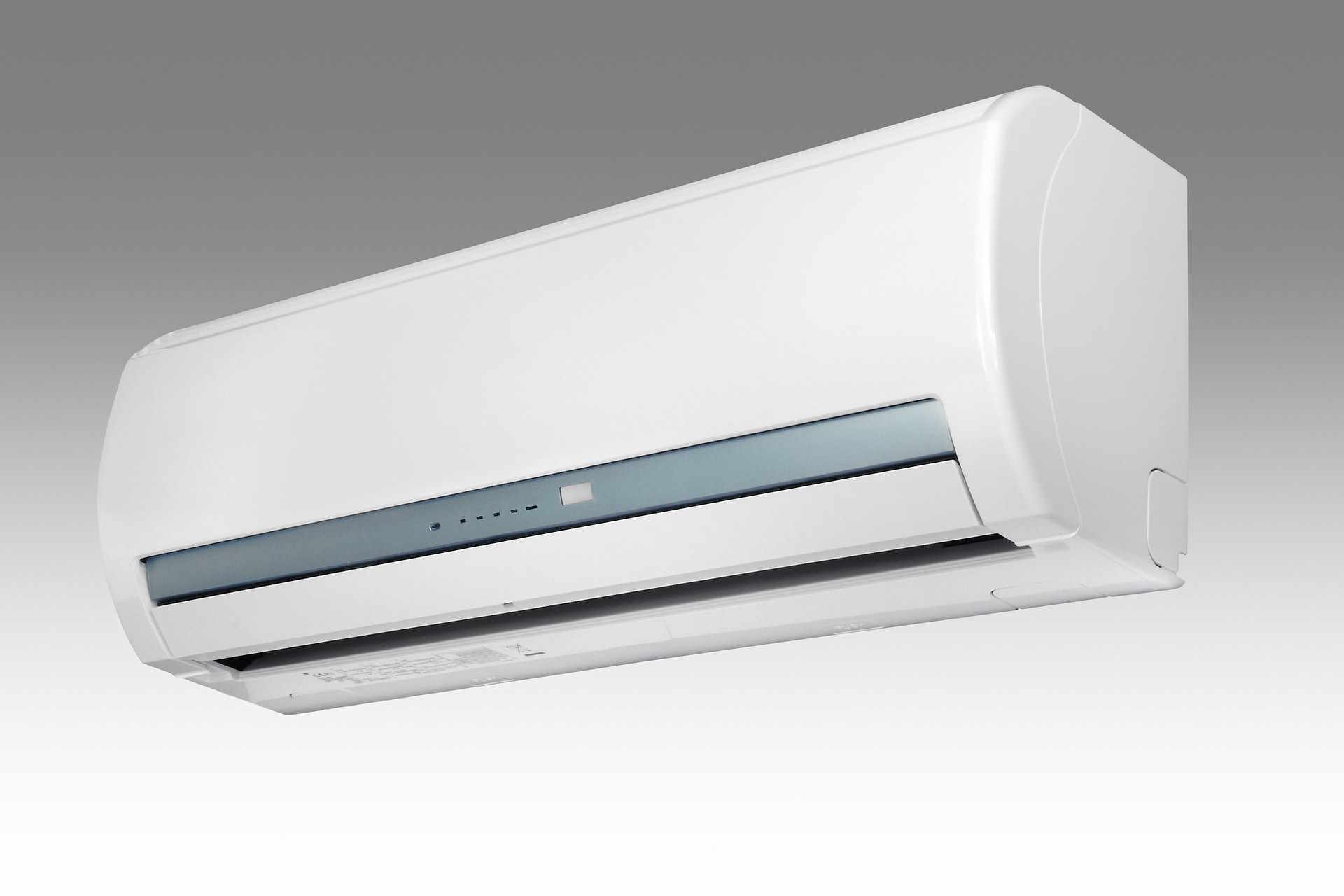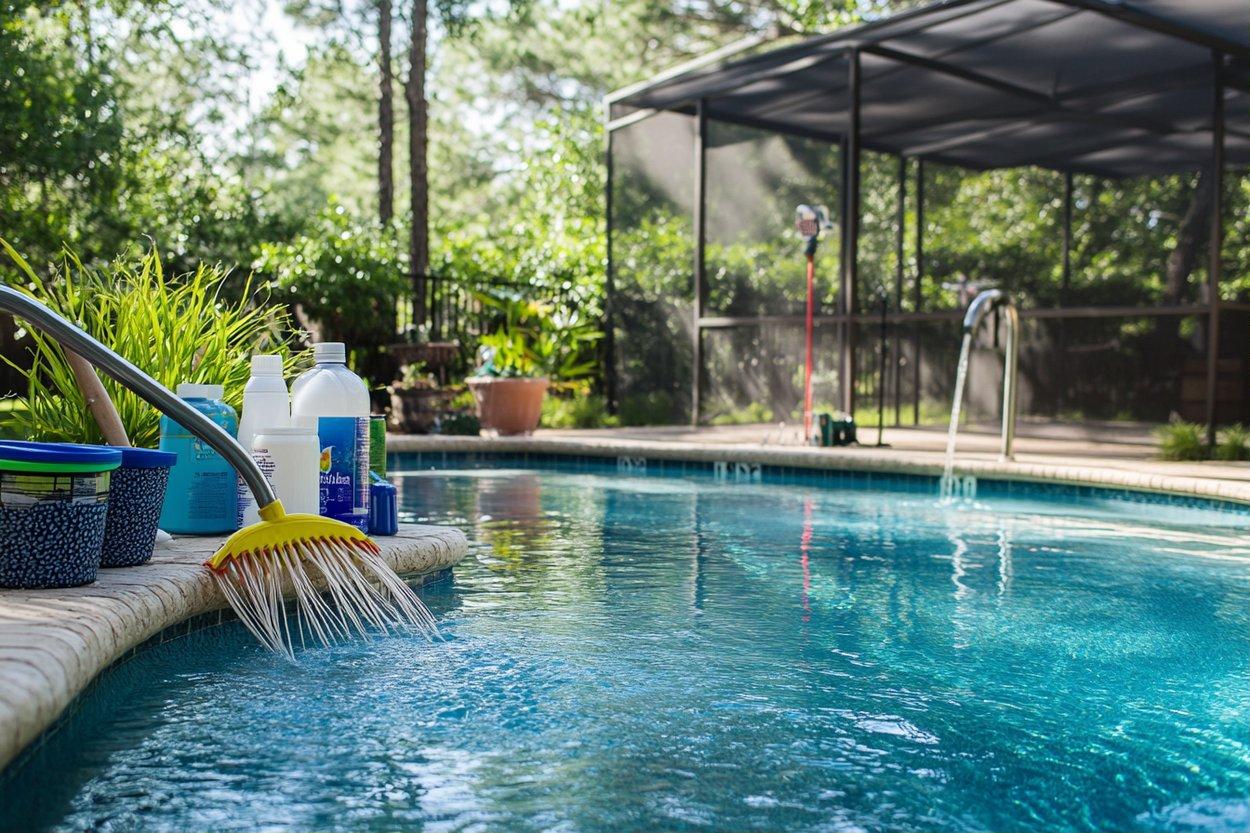Find more HVAC Installation
Whether you are planning a new build or updating existing equipment, understanding how HVAC installation works helps you make confident decisions. This guide explains what happens during air conditioning installation, how heating and cooling systems are sized, when home AC replacement makes sense, and how to evaluate HVAC services in your area. You’ll learn the key steps, what to expect on installation day, and the quality checks that protect comfort and efficiency.

Find more HVAC Installation
Choosing the right approach to HVAC installation can improve comfort, energy efficiency, and long-term reliability. From evaluating room-by-room load requirements to setting up airflow and controls, successful projects follow a predictable process. Below you’ll find practical guidance on air conditioning installation, heating and cooling systems, home AC replacement timing, and how to assess HVAC services when comparing local options.
HVAC installation: what’s involved?
A complete HVAC installation starts with a load calculation to determine the heating and cooling capacity your space needs. Professionals consider climate, insulation levels, window orientation, occupancy, and air leakage. The outcome guides equipment sizing, duct design, and airflow targets. Installers then plan duct routes, registers, return paths, and filtration. Electrical, condensate, and refrigerant line requirements are mapped, followed by equipment placement for safe service access and proper ventilation. Quality installs verify static pressure, refrigerant charge, and control settings to ensure the system performs to specification.
Air conditioning installation steps
Air conditioning installation typically includes site preparation, mounting the outdoor condenser on a level pad, installing the indoor coil or air handler, and running insulated refrigerant lines between units. Technicians connect a dedicated electrical circuit, set up a condensate drain, and seal all penetrations. After brazing and pressure testing, the lines are vacuumed to remove moisture and non‑condensables before charging the system to manufacturer specifications. Final steps include commissioning: checking superheat/subcooling, verifying airflow (CFM), calibrating the thermostat, and confirming safe operation. A documented startup report is a good sign of a careful install.
Heating and cooling systems: key options
Modern heating and cooling systems range from split-system air conditioners paired with furnaces to heat pumps that both heat and cool. In moderate climates, heat pumps can reduce energy use by moving heat rather than generating it. In colder regions, dual-fuel setups pair a heat pump with a gas furnace for efficient switchover in low temperatures. Ducted systems suit whole-home comfort, while ductless mini-splits benefit additions or homes without existing ductwork. Efficiency ratings (SEER2/SEER for cooling, HSPF2/HSPF for heat pumps, AFUE for furnaces) help compare performance, but proper sizing and installation quality have equal impact on results.
Home AC replacement: when and how
Home AC replacement is worth considering if your unit is over 10–15 years old, requires frequent repairs, uses phased‑out refrigerants, or struggles to maintain comfort. Start with an energy and comfort assessment: uneven temperatures, high humidity, or noisy operation often indicate airflow or sizing problems that a replacement can address. Ask for a proper load calculation rather than replacing like‑for‑like capacity. Evaluate duct condition—leaks, undersized returns, or poor insulation can undermine new equipment. Plan for upgraded filtration, a smart thermostat, and right‑sized registers for quieter operation. A thorough commissioning process after install confirms the new system meets design targets.
Choosing reliable HVAC services
When evaluating HVAC services in your area, look for certifications, clear scope of work, and transparent documentation. Reputable providers conduct load calculations, offer multiple system options with performance data, and explain trade‑offs such as upfront cost versus operating efficiency. Ask about warranty terms, maintenance requirements, and what’s included in commissioning. Review sample reports that show measured airflow, static pressure, and refrigerant metrics. Local services with strong references, timely communication, and safety practices are more likely to deliver consistent results. Compare proposals on scope and verification steps—not just equipment brand or tonnage.
HVAC installation quality checks
Quality checks protect efficiency, comfort, and equipment lifespan. During commissioning, technicians should measure total external static pressure to verify duct performance, confirm airflow at key registers, and validate refrigerant charge using manufacturer charts. Thermostat staging and heat pump balance points, if applicable, should be tuned for your climate. Ducts must be sealed at joints and connections, with insulation appropriate to the space (attic, crawlspace, or conditioned area). Proper condensate management, including traps and overflow protection, prevents water damage. Keep a copy of the startup and test reports; they’re useful references for future maintenance and troubleshooting.
Indoor air quality and ventilation
Beyond temperature control, HVAC installation affects indoor air quality. Consider right‑sized filtration (MERV rating suitable for your system’s airflow), dedicated fresh air ventilation where codes require it, and humidity management via variable‑speed equipment or add‑on dehumidifiers. Good duct design minimizes noise and helps distribute clean, conditioned air evenly. Regular filter changes and periodic coil and drain maintenance preserve performance. If you have sensitivities, discuss filter pressure drop and fan capacity with your installer to avoid restricting airflow.
Planning for energy efficiency
Energy performance depends on both equipment and the building envelope. Before or alongside HVAC installation, address air sealing, attic insulation, and shading to reduce loads. Variable‑speed compressors and ECM blowers can improve comfort by matching output to demand, reducing temperature swings and humidity. Smart thermostats provide scheduling and remote monitoring, but the biggest gains come from correct sizing and installation. Ask for projected annual energy use and consider region‑appropriate efficiency ratings. Over time, routine maintenance—coil cleaning, blower inspection, and duct integrity checks—keeps systems operating close to their original efficiency.
Working with local services
Local services bring familiarity with regional climates, building codes, and common home layouts. When seeking proposals, share your comfort concerns, occupancy patterns, and any future renovation plans that might change heating and cooling needs. Request timelines for permits and inspections, and clarify how installers will protect your home during work. Good communication, documented commissioning, and a clear maintenance plan set the stage for reliable performance throughout the equipment’s service life.
Conclusion
Finding more HVAC installation options that truly fit your space involves more than picking a brand or capacity. The best outcomes come from careful load calculations, thoughtful duct and equipment design, and thorough commissioning. By understanding the steps of air conditioning installation, exploring suitable heating and cooling systems, timing home AC replacement wisely, and selecting dependable HVAC services, you can achieve consistent comfort, healthy indoor air, and long‑term efficiency.




